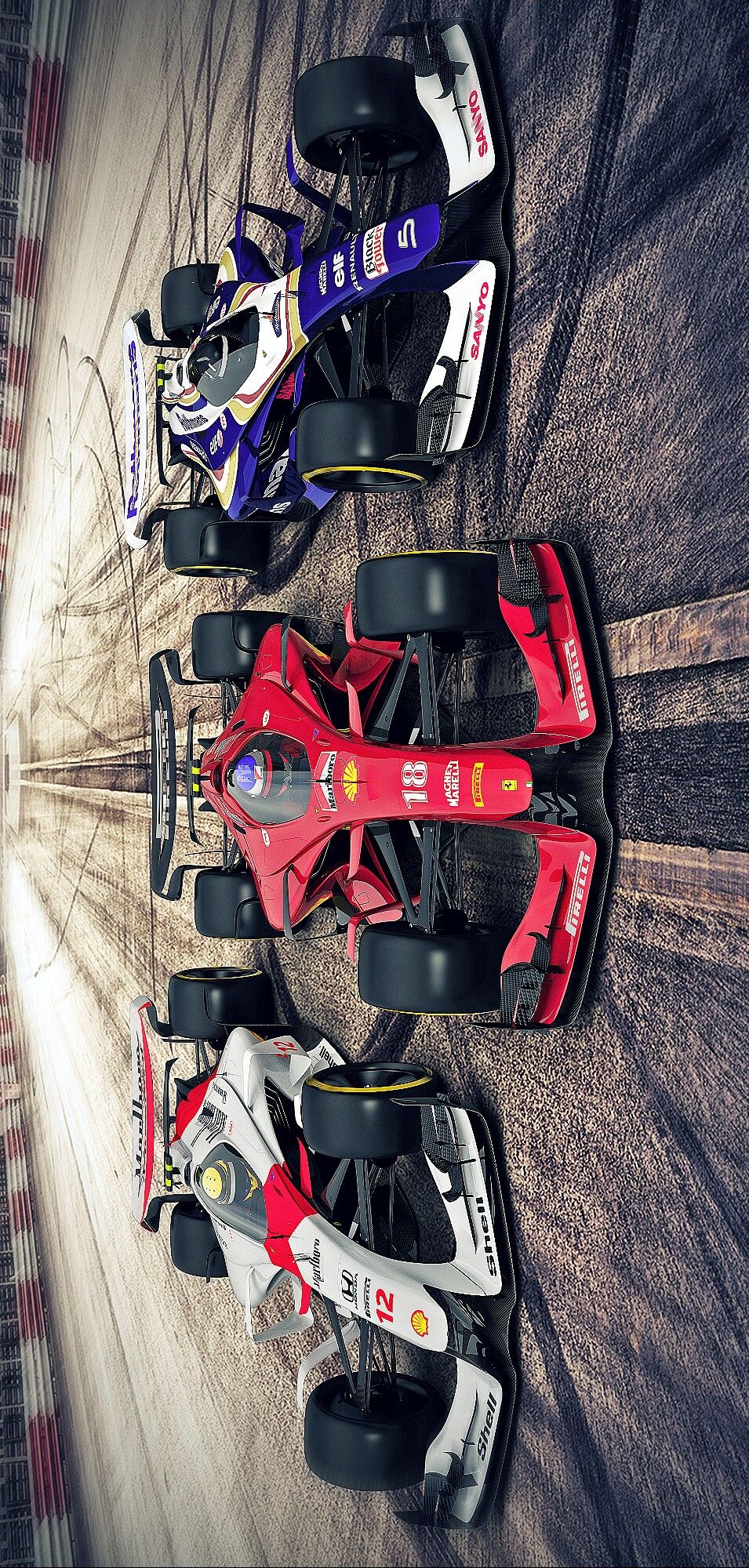
Audience
- Sentiment: positive
- Political Group: neutral
- Age Group: 18-34
- Gender: male
Overview
- Formula 1 liveries represent a team’s identity through colors and designs.
- Teams are keeping their new 2025 liveries secret until the F1 75 event in London, creating excitement.
- The evolution of liveries reflects changes in technology, branding, and artistic expression in racing.
The Curious Case of Formula 1 Liveries: A Peek Into 2025
If you’re a fan of racing, then you know that Formula 1 (F1) is not just about speed, skill, and technology; it’s also about style. Every F1 team comes with its own unique identity, much of which is expressed through its racing livery. The livery is like the team’s uniform, featuring its colors, logos, and designs. Imagine a team dressed in its best outfit, showing off its style before hitting the track. But here’s the twist: we’re heading into the 2025 season, and there are some unusual restrictions. Teams are not allowed to show their liveries before the F1 75 event in London, leading to speculation and excitement among fans.
What’s the Deal with Livery Unveiling?
So, what’s the big event in London all about? The F1 75 is a milestone celebration marking the 75 years of Formula 1 racing. Just like any big anniversary, it’s a chance for the sport to reflect and celebrate its heritage while also looking towards the future. Imagine how cool it would be to see all the historical liveries from yesteryears paraded around before getting a glimpse of the new designs for 2025!
But because of the excitement surrounding this event, teams are keeping their new liveries under wraps. This secrecy increases the anticipation among fans. It’s akin to waiting for a highly anticipated movie’s trailer, where you know something exciting is coming, but you can’t see it just yet.
The Rarity of Unraced Liveries
Now, here’s where things get interesting. Although most teams will eventually unveil their new liveries, there is a growing trend in F1 where “unraced” liveries—designs that are shown but never actually driven on the racetrack—are becoming rare. In the past, this wasn’t nearly as unusual. Teams would frequently showcase innovative designs that, for various reasons, never made it to the race day.
Imagine a team spending months designing what they think will be the coolest car ever, only for it to never hit the track! You might wonder why that happens. Sometimes, it’s due to technical regulations that force teams to abandon their designs. Other times, the development of the car just doesn’t go as planned, or perhaps a team decides on a different approach entirely.
A Journey Back in Time
Let’s jump back a few years and check out some notable unraced liveries that you might find intriguing. In 2020, several teams made headlines with designs that wowed fans but never made it to the racetrack. For instance, Toyota had some eye-catching concepts that were more like artworks than racing cars. Their bold paint jobs stood out, showing bright colors and intricate designs that caught everyone’s eye.
McLaren also joined the unraced livery club in 2020. They released a stunning mock-up of their car that featured a unique color palette—much different from their traditional orange. It was refreshing! The design was so well-received that many fans expressed disappointment when it didn’t see the light of day on the circuits.
Alpine, too, who have been trying to carve their niche in the F1 world, showcased a livery that drew inspiration from traditional French racing aesthetics. It was blue, white, and red, and it screamed patriotism and pride. Fans were buzzing with excitement, but ultimately, it wasn’t meant to be.
These liveries may have never raced, but they demonstrate how important branding and image are to these teams. They aren’t just racing—they are also trying to capture hearts and minds through creative designs that resonate with their fans.
The Evolution of F1 Liveries
Over the years, the designs of liveries have evolved significantly. In the early days of F1, many teams had much simpler aesthetics. They often relied on a few primary colors and their sponsor’s logo. Fast-forward to today, however, and you’ll find that liveries have transformed into extensive canvases of art!
Today, liveries are often a blend of creativity and modern technology. Teams can use wraps, colors, and even digital-driven designs to create stunning visuals. It’s a constant race to capture the audience’s attention. And this visual competition doesn’t just happen during the actual races; it starts during the unveiling events, where teams strive to make a dramatic impact.
Some other noteworthy liveries from the past that left a mark include the infamous “Brawn GP” livery, which was created out of a merger before its iconic 2009 season. The simplicity of the white, green, and yellow design seemed to resonate with fans, leading the team to an unprecedented victory that season.
The Cultural Impact of Liveries
But why do these designs matter? They matter because they tell a story. Each livery symbolizes the team’s ethos, their values, and even the culture they represent. For instance, the BMW Sauber team often used sleek designs that represented precision engineering, a nod to Germany’s reputation for high-quality automobiles.
Moreover, liveries can stir emotions. Just think about it—when you see your favorite car zooming past, with its colors flashing, it’s like seeing a piece of art in action. Fans often associate specific liveries with memories, emotions, and experiences—like cheering for your team during a nail-biting race or celebrating a great comeback.
In addition to all this, liveries contribute to the overall branding of the F1 teams, affecting merchandise sales and fan engagement. Merchandise sales can soar when a livery captures attention and resonates with fans.
What’s Next for 2025?
As we look ahead to the announcements for the 2025 season, the excitement and wonder around the liveries only grow. What breathtaking designs will teams reveal? Will we see a return of some classic elements, or will they go entirely avant-garde, pushing the boundaries of what we perceive as a racing car?
Just think—while we’re all waiting to see who brings the coolest livery to the tracks, we’re also witnessing how these designs evolve over time. The culture surrounding F1 accelerates changes that resonate within pop culture, fashion, and even art. So, not only are we fans of a racing sport, but we’re also contributors to a broader narrative—a story woven into the fabric of speed, style, and cultural significance.
Your Turn!
As the countdown to the unveiling of the liveries for the 2025 season begins, I want to hear from you! What liveries do you remember the most? Is there a design from the past that you wish had raced? Or do you have a favorite team that you hope will surprise everyone with a stunning new look? Drop your thoughts in the comments below! Let’s celebrate the vibrant and ever-evolving world of Formula 1 liveries together!




